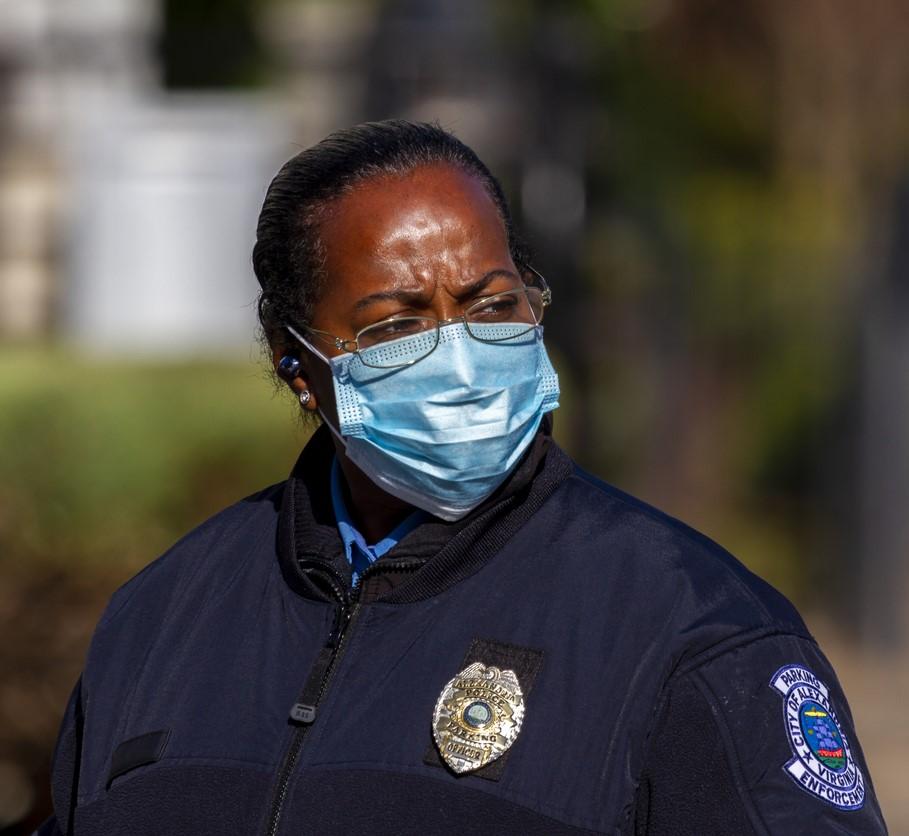COVID-19 caused 62% of duty-related deaths of US police officers in the first year of the pandemic—a rate that rose to 77% to 82% among minority officers—according to a new study published in Policing: An International Journal.
Researchers from the State University of New York (SUNY) at Buffalo, the Centers for Disease Control and Prevention (CDC), and the National Institute for Occupational Safety and Health (NIOSH) mined the National Law Enforcement Officer Memorial Fund database, which tracks law-enforcement officers who die while on duty, and the Bureau of Labor Statistics for 2020.
Age, race, rank all risk factors
Of the 295 duty-related deaths, 182 (62%) were attributed to COVID-19, for a national rate of 12.8 per 100,000 officers per year, higher than that of all other causes of death combined (8.0 per 100,000). Most deaths occurred in spring and summer. The remaining 38% of death were attributed to gunshot wounds, vehicle crashes, other diseases, accidents, drownings, and beatings.
The vast majority of officers who died of COVID-19 (94%) were men, 61.6% were older than 50 years, 54% had more than 20 years of experience, and 50.0% were lower-ranking (patrol and corrections) officers—who are likely at higher risk owing to high rates of infection in crowded prisons—the researchers said. COVID-19 caused 35 of 36 corrections officer deaths (97%), compared with 56 of 130 patrol officer deaths (43%).
On average, relative to officers who died of other causes, those who died of COVID-19 were significantly older (53.0 vs 41.3 years), had more experience (21.3 vs 12.7 years), and less likely to be White than Hispanic or Black (40.0% vs 71%). COVID-19 accounted for 48% of deaths (73 of 153) among White, 77% (66 of 86) among Black, and 82% (37 of 45) among Hispanic or Latino officers.
Half of COVID-19 deaths occurred in southern states, a difference driven by deaths among federal police, who are considered separately because their jurisdictions are dispersed throughout the United States. Federal police made up 12% of COVID-19 deaths but only 4% of those from other causes.
Vaccination, good ventilation key
The study authors noted that police officers, like other first responders, can't avoid close contact with the public. They add that, in 2020, police were charged with coordinating local lockdowns and promoting physical distancing amid reduced staffing, low levels of organizational and public support, and a limited supply of personal protective equipment.
"The COVID-19 outbreak has persisted with the Delta and Omicron variants, which may lead to further exposure and long-term mental issues such as PTSD [posttraumatic stress disorder], depression, or anxiety," they wrote. "Psychological issues, in turn are associated with worsened job attitudes, higher turnover, decreased job performance, and health issues."
The researchers called for evaluation and development of measures to reduce the risk of law-enforcement officer deaths related to future pandemics, including vaccination, although they acknowledge that vaccination rates tend to be the same as or lower than those of the general public. Because police departments hesitate to require vaccination because it may create conflicts with officers and police unions, some cities are considering offering incentives to increase uptake, they said.
"The government and police organizations need to understand the risk of death among police while working in a disaster-framed environment for prolonged time and make informed decisions about preparedness strategies that may help in mitigating such risks during dynamic extreme events," the researchers wrote, cautioning that the study data are descriptive and should be interpreted as such.
The authors said that the results could also apply to other first responders, such as firefighters and paramedics.
"To help prevent the spread of COVID-19, the Occupational Safety and Health Administration recommends that organizations implement multiple layers of controls, including vaccinations, mask wearing, distancing, and increased ventilation in situations where police, first responders, and other at-risk workers are more likely to be in prolonged, close contact with the public," lead author John Violanti, PhD, a retired New York state trooper and expert on police stress, said in a SUNY press release.




















